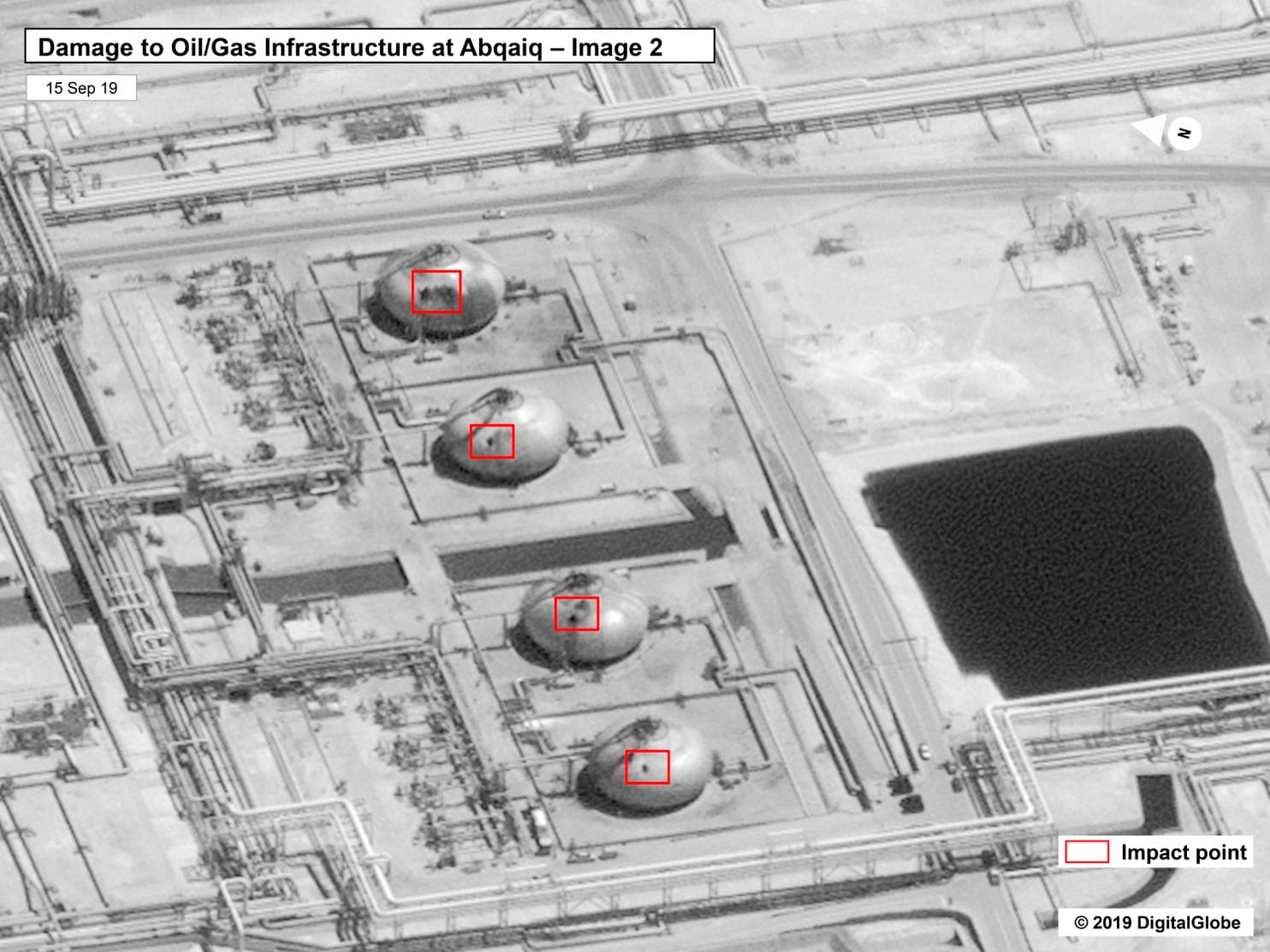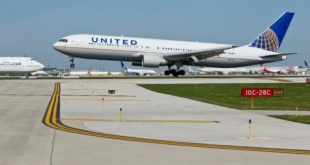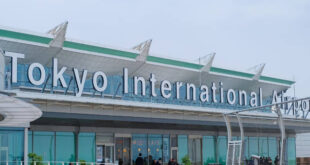If you are contemplating travel to Saudi Arabia or neighboring countries the events of 14 September warrant your attention. The world’s largest oil refinery, operated by Aramco, found itself under attack with somewhere between 10 and 17 projectiles landing within the Abqaiq oil processing facility and the Khurais oil field. Initial reports indicate that at least 10 of these were dropped by drones and the remainder were cruise missiles.
Check in with your embassy or consulate
Travelers to the region should check with their embassy and consulates, register their presence in country and heed any travel advice provided. The likelihood that this event could spiral into a regional conflict is not insignificant. There is significant saber rattling occurring, with Amir Ali Hajizadeh, Iranian military commander saying that Tehran is prepared for ‘full-fledged war with the United States.“
Satellite views of damage to Saudi oil facility
Digital Global availed their annotated satellite photos of the damaged oil facility which shows the precision with which the oil storage and facility buildings were hit.


Economic impact
The economic affect is immediate. One half of the Saudi oil production has been halted and the Aramco IPO (initial public offering) will most likely be delayed.
On 15 September, the United States fingered Iran for the attack via their surrogates within the Houthi civil war occurring in neighboring Yemen where Saudi Arabia and Iran have been waging a multi-year proxy war.
The morning of 16 September, the Saudi military coalition facing off against the Houthi said that the attack was carried out by Iran and did not originate from Yemen.
While attention has been focused on the Straits of Hormuz and Iran’s threats to interrupt oil exports transiting the choke-point, the attack on Saudi oil facilities appears to have accomplished just that - disrupted the flow of oil.
 Travel Securely Securely Travel
Travel Securely Securely Travel



2 comments
Pingback: Securely Travel Brief - 16 September 2019 | Securely Travel
Pingback: Saudi Arabia is now open for tourists | Travel Securely